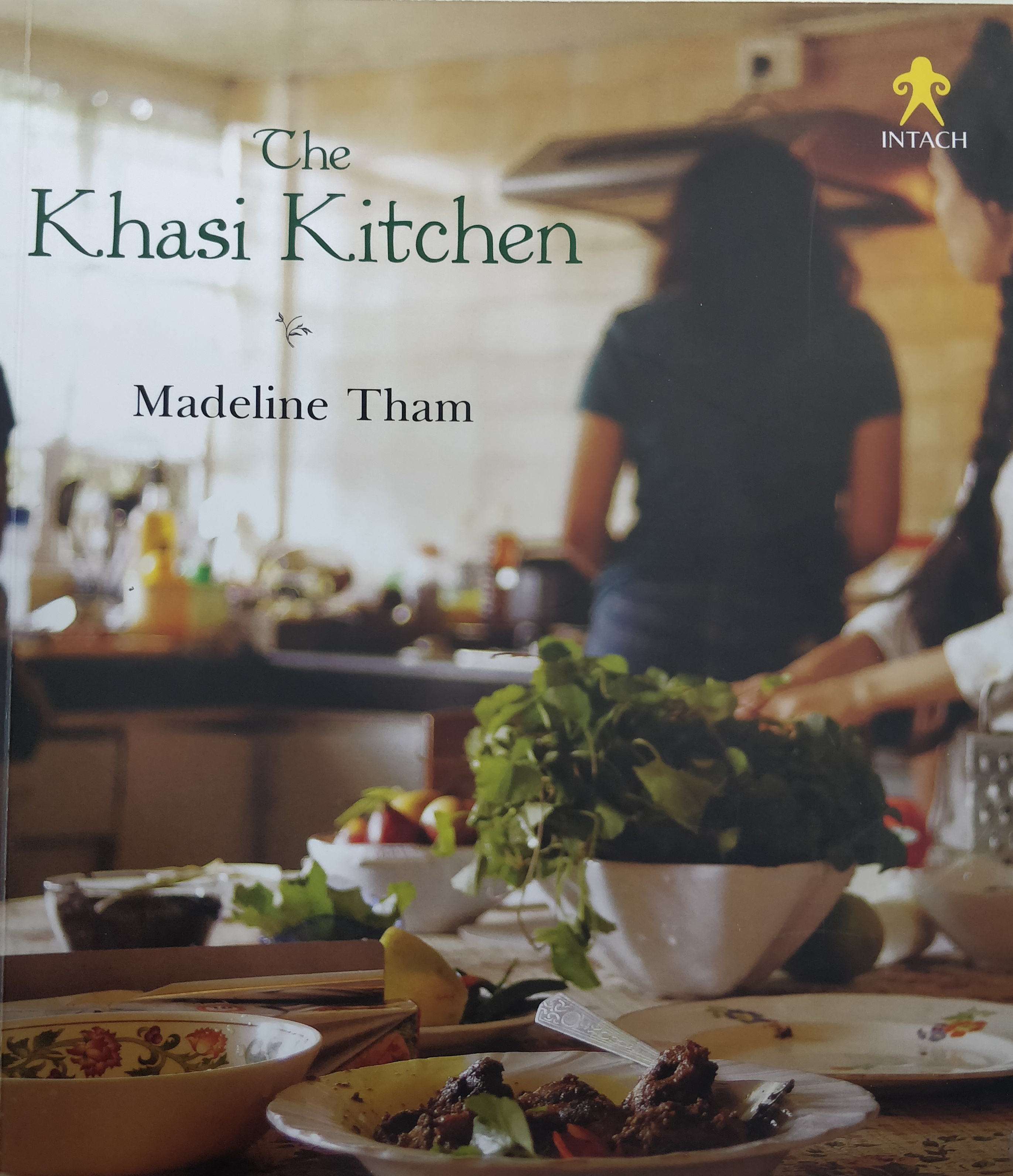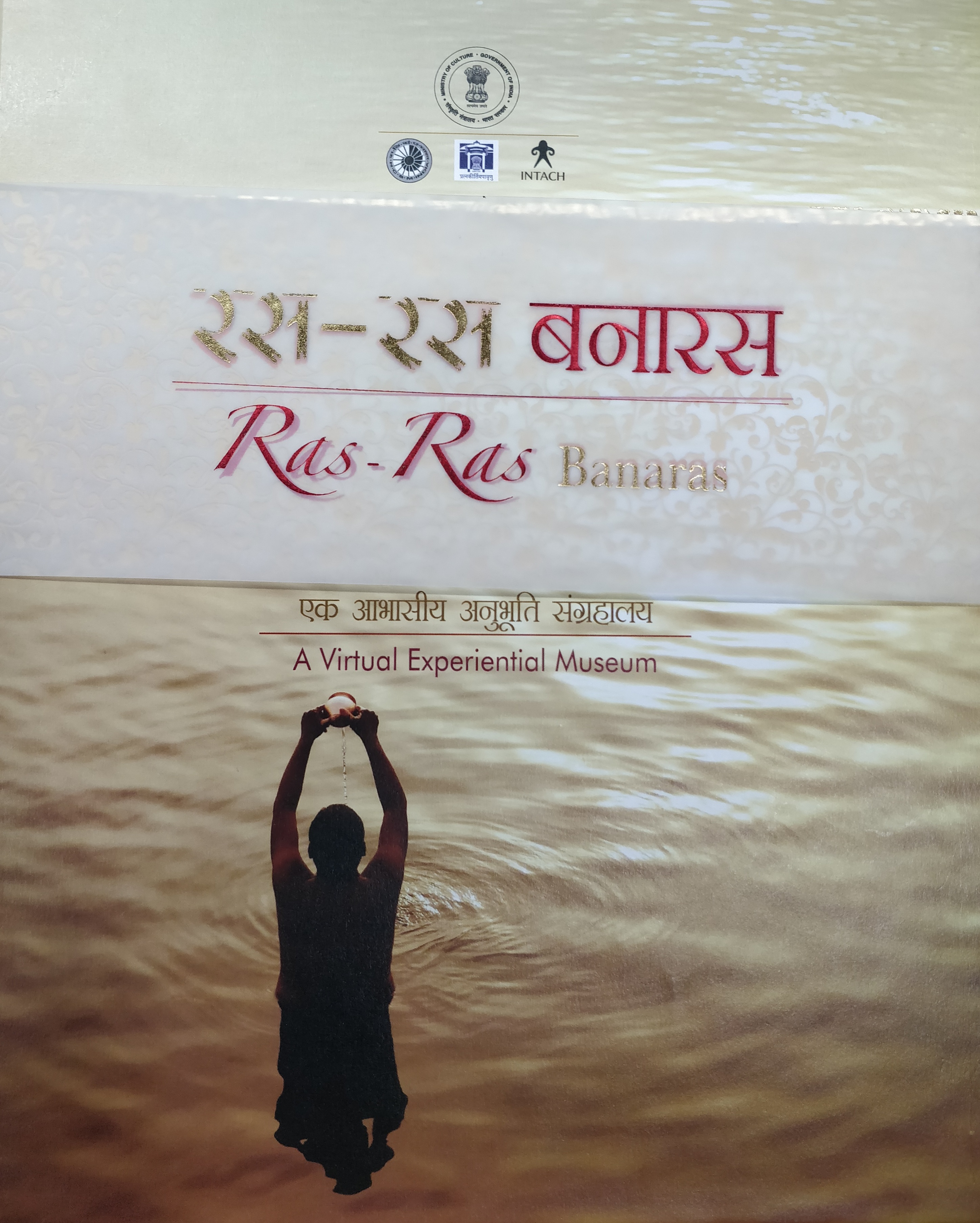ICH Publications

Oral Traditions, Continuities and Transformations in Northeast India and Beyond
Northeast India is home to many distinct communities and is an area of incredible ethnic, religious, and linguistic diversity. This book published by Routledge, explores the shared cultural heritage among the highland and river valley communities of Northeast India and mainland South East Asia, including South China, through oral traditions. It looks at these shared cultural traditions and suggests new ways of understanding and interpreting the heritage of Northeast India. Oral traditions often bring forward an unexpected twist in understanding historical and cultural links, and this volume explores this using local knowledge and innovative engagements with oral traditions in multiple ways, from folklore and language to performative traditions.
The essays in this volume examine how communities build new meanings from old traditions, often as a recognition of the tension between conservation and creation, between individual interpretation and social consensus. They offer interesting parallels on how oral traditions behave in different socio-economic contexts, and also examine how oral traditions and memory interact with the digital world’s penetration in remote areas.
This volume will be useful for scholars and researchers of Northeast India, sociology, sociology of culture, cultural studies, ethnic studies, anthropology, folkloristics, and political sociology. This publication from December 2020 was an outcome of the oral traditions international conference organised by the ICH division in Meghalaya in the year 2016.
Year of Publication: 2021

Kashi Chitran: Living Heritage of Varanasi
Varanasi, one of the most ancient cities of the world, is a precious repository of cultural heritage. It is an amalgamation of spiritual and secular influences resulting from continuous historical events and settlements, carrying with it both intangible and tangible properties, social contracts and related norms of knowledge, traditions and customs. Kashi, Banaras or Varanasi assumes a complex identity stemming from the collective memory of generations of communities settled here, and the multi-dimensional cultural constructs accommodated by the city over the ages. This bilingual publication encompasses a mapping of the city by the Intangible Cultural Heritage division of INTACH, with an aim to unravel the complex and contoured elements of city life, both historic and contemporary, attaching as much value to the ancient and the authentic, as to the transitions and transformations witnessed over time.
Year of Publicaion: 2021

The Khasi Kitchen
Khasi mythology recounts the tribe’s original dwelling as ‘Ki Hynñiewtrep’ or “The Seven Huts.” According to this mythos, God, known as U Blei Trai Kynrad, initially divided humanity into 16 celestial families. However, seven of these families remained on earth while the remaining nine resided in heaven. It’s believed that a celestial ladder, situated on the sacred Lum Sohpetbneng Peak, allowed people to freely ascend to heaven until a pivotal event occurred. One day, they mistakenly cut down a divine tree on Lum Diengiei Peak, leading to their eternal separation from the heavens. This tale symbolises the sacred connection between nature, particularly trees, and the divine, emphasising that disrupting nature severs our ties with the divine.
Like the Japanese, the Khasis revere the rooster as a symbol, attributing to it the role of arousing God and facilitating the creation of the Universe. Geographically, Khasian is linked to the Palaungic language of Myanmar. The pre-Khasian people migrated through Upper Burma to the Brahmaputra Valley before settling in Meghalaya. Initially lacking a script, the Khasis adopted the Roman script under the influence of Welsh missionaries, notably Thomas Jones.
The Khasis primarily inhabit the eastern part of Meghalaya, specifically the Khasi and Jaintia Hills. Those in the Jaintia Hills are commonly referred to as Jaintias or Pnars, while those in the northern lowlands and foothills are known as Bhois, and those in the southern tracts as Wars. Despite these distinctions, they all claim descent from the ‘Ki Hynniew Trep’ and identify as Khasi-Pnars or simply Khasis, sharing similar traditions and customs with minor regional variations.
Traditionally, Khasi men wear the “Jymphong,” a sleeveless coat fastened with thongs, while women wear elaborate attire with silver or gold crowns adorned with spikes at the back. Rice serves as the staple food for the Khasis, accompanied by fish and meat. Their social structure is matrilineal, with descent traced through the mother, though the father plays a significant role in family matters.
Inheritance follows a matrilineal system, where the youngest daughter inherits ancestral property. Marriage within the clan is taboo, and ceremonies involve the exchange of rings or betel-nut bags. While Christianity is now predominant among the Khasis, their traditional beliefs revolved around a Supreme Being and various natural deities.
Meghalayan cuisine reflects the region’s diverse tribal influences, with rice, spicy meat, and fish dishes dominating. Traditional Khasi dishes include Jadoh, Ki Kpu, Tung Mumbai, and pickled bamboo shoots. Tungrymbai, a fermented soybean chutney, and Dohkileh, a pork salad, are cherished delicacies. Pumaloi, a coconut-stuffed rice dish, and Pukhlein, a deep-fried rice dessert, are popular treats. These culinary traditions, passed down through generations, highlight the cultural richness of the Khasi people.
Year of publication: 2020


Karmasu Kauśalam: Excellence in Action
This beautifully illustrated coffee table book was created by the ICH Division for the Lal Bahadur Shastri National Academy of Administration (LBSNAA) at Mussoorie. Made to commemorate 60 years of the Academy as a premier institution to train officers of the civil services in India, this publication contains rare old photographs and an engaging text replete with the musings and memories of the Academy alumni and instructors. It captures the wide range of activities and studies taken up by the officer trainees, and encapsulates the true spirit of the dictum ‘unity in diversity’. It was released by the Prime Minister of India at Kevadia, Gujarat, on 31st October, 2019.
Year of publication: 2019

Ras Ras Banaras: A Virtual Experiential Museum
This Hindi-English bilingual volume was developed by the ICH Division to commemorate the inauguration of the Virtual Experiential Museum at Varanasi, an INTACH project that was undertaken in collaboration with the NCSM and Ministry of Culture. It was released by the Prime Minister of India during his visit to the museum in 2019. The book highlights the depth and variety of information on the historical and cultural legacy of Banaras that is featured in the museum. It serves as a resource on the rich heritage of Varanasi, a city famed for its belief, faith, culture, art, and knowledge; a city referred to as a “city of expectations, anticipation, and excitement.”
Year of publication: 2019













